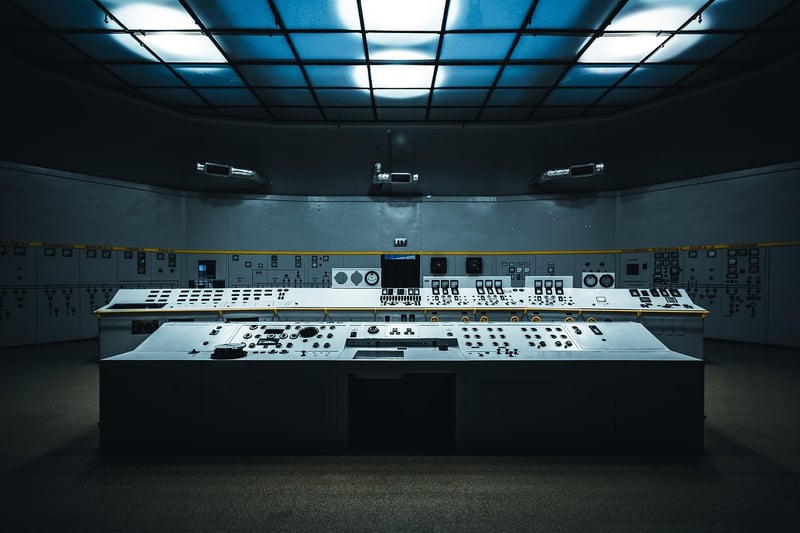Climate control tips
Creating Controlled Growing Environments + Climate Control Tips
Introduction
Creating a controlled growing environment is essential for maximizing plant growth and ensuring optimal conditions for your crops. By carefully managing factors such as temperature, humidity, light, and air circulation, you can create a thriving environment for your plants to flourish. In this article, we will explore how to set up a controlled growing environment and provide valuable climate control tips for indoor gardening.
Setting Up a Controlled Growing Environment
When setting up a controlled growing environment, consider the following factors:
1. Temperature Control
Temperature plays a crucial role in plant growth. Most plants thrive in temperatures between 65-75°F (18-24°C). Invest in a thermostat-controlled heating system to maintain a consistent temperature in your growing space.
2. Humidity Levels
Plants require different humidity levels during various growth stages. Use a humidifier or dehumidifier to adjust humidity levels accordingly. Aim for 50-60% humidity for most plants.
3. Light Quality and Duration
Light is essential for photosynthesis. Invest in full-spectrum LED grow lights to provide the right light spectrum for your plants. Adjust the duration of light exposure based on the plant's needs.
4. Air Circulation
Proper air circulation helps prevent mold and mildew growth. Use fans to maintain air movement within your growing space. This also helps strengthen plant stems.
Climate Control Tips
Here are some additional tips for effectively controlling the climate in your growing environment:
- Monitor and adjust temperature and humidity levels regularly.
- Use a hygrometer and a thermometer to keep track of environmental conditions.
- Consider installing a ventilation system to ensure proper air exchange.
- Avoid temperature fluctuations, as they can stress plants and affect growth.
- Provide adequate airflow around plants to prevent pests and diseases.
Conclusion
Creating a controlled growing environment is crucial for the success of your indoor garden. By paying attention to temperature, humidity, light, and air circulation, you can create an ideal environment for your plants to thrive. Implement the tips mentioned in this article to maintain optimal climate conditions and ensure healthy plant growth.

Image Source: Pixabay
